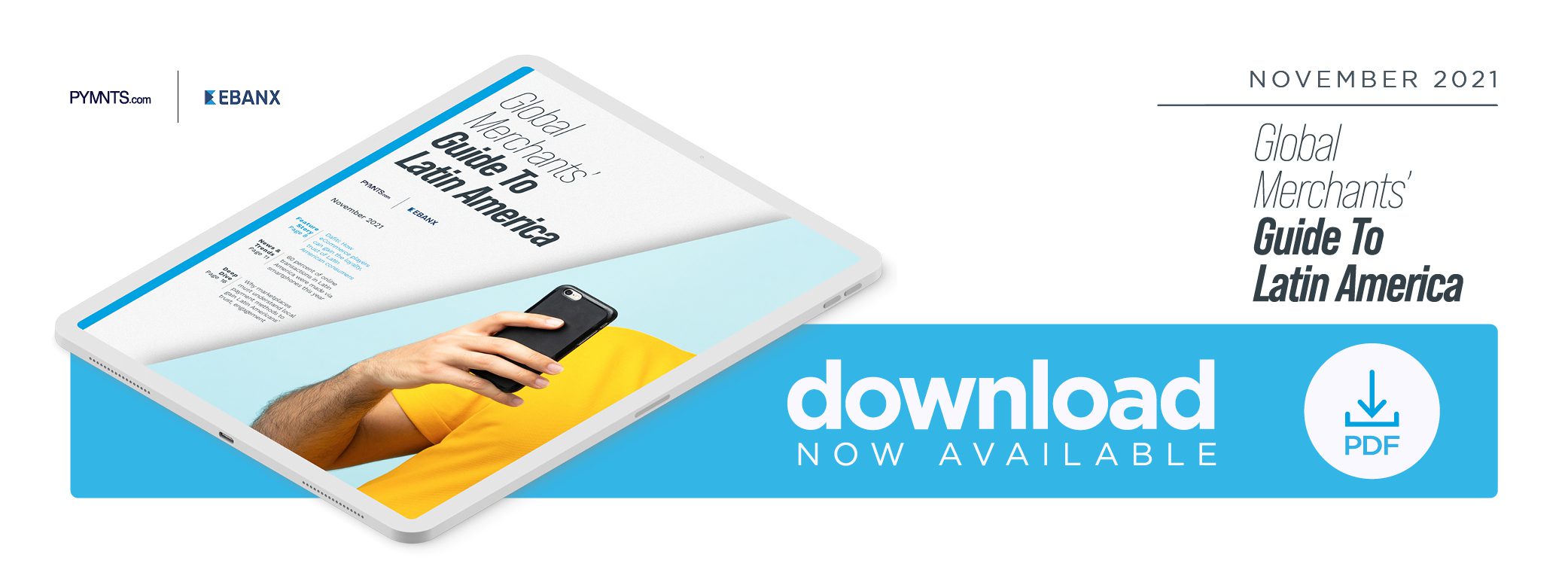Dafiti: How eCommerce Players Can Gain the Loyalty, Trust of Latin American Consumers

Latin American consumers are shopping more online, but marketplaces that want to gain their trust, loyalty and business need to do more than offer them products to buy. In the inaugural Global Merchants’ Guide To Latin America, Camilo Riveros, director of innovation for eCommerce merchant Dafiti, explains how a localized approach to payments is key to fostering engagement and loyalty among the region’s consumers.
Consumers across Latin America have flocked to eCommerce merchants and marketplaces over the past year to conduct their daily purchasing — many participating in eCommerce for the first time.
The Latin American eCommerce ecosystem remains diverse, however, and consumers in each country have vastly different payment needs from one another, according to Camilo Riveros, innovation director for Chile, Colombia and Argentina at Dafiti, a Latin American eCommerce merchant for general apparel. The company serves Argentina, Brazil, Chile and Colombia. Each country has a distinct economy and its own set of banking and payment tools available to consumers.
“In our company, we saw that two of our countries were growing a lot, but the other two weren’t, and [this] actually depended on the social and economic situation and cycles [within] each country,” Riveros told PYMNTS in an interview.
Seamlessly supporting consumers’ specific online payment preferences is a necessity, so eCommerce players that treat Latin America as a homogeneous field will be at a disadvantage. Online merchants’ success in the region instead depends on keeping pace with digitization and financial inclusion developments in each country they aim to serve.
Meeting Each Consumer’s Unique Payment Needs
The online shopping space in Latin America is becoming more competitive as new players enter the region, Riveros explained, and attracting regional consumers’ attention online is growing more difficult now that businesses no longer have a captive audience. Consumers who have been sequestered inside are keen to shop in person, pressuring eCommerce players to gain their trust.
“I think the eCommerce [space] is addressing new challenges now because … Latin America is open again,” he said. “Normal retail [channels] are back in place, and we saw that countries [such as] Chile that were growing a lot in eCommerce now [are] not growing as much because people … want to get out. They want to go out and do window-shopping and go to a shopping mall.”
Supporting familiar payment methods is one way eCommerce players can gain an edge in creating new and lasting growth. Dafiti offers cash on delivery for purchases in Colombia, for example, Riveros said, as cash on delivery remains one of the most popular forms of payment there, even with the expansion of financial and digital access. At one point, cash on delivery accounted for 60% of Dafiti’s transactions in the country. This can be traced, in part, to a lack of banking access in this market.
“Even though [eCommerce in] Peru grew a lot, for example, economies [such as] Colombia and Peru are still very much [informal] economies,” he said. “So, they depend on cash a lot, [and] that might become a barrier for people to actually use eCommerce because … they are not part of the digital world.”
The familiarity of cash to consumers in these markets also is an important factor in its endurance. Many customers want to be able to verify the product they viewed online upon pickup, for example, or may not fully trust eCommerce marketplaces yet, Riveros noted. Platforms looking to gain that crucial trust for repeat business thus need to ensure they can support localized payment preferences while keeping a close eye on popular emerging payment methods. These include mobile wallets and online installment solutions, which appear to be combining the best of both payment worlds — old and new — for budding digital shoppers in Latin America.
Making Space for Digital-First Payments
Smartphone penetration is increasing slowly across Latin America, as is internet access, expanding consumers’ ability to leverage new and emerging payment methods. Mobile wallets, already widely available in certain markets in the region, could experience rapid growth in countries still very reliant on cash — largely because of the value of trust.
Mobile wallets have the advantage of allowing consumers to send payments through a trusted third-party intermediary rather than funneling them to an unfamiliar eCommerce website, Riveros explained, making these tools potentially more attractive to consumers in certain markets. Google Pay and Apple Pay, for example, currently are not available in Colombia, but supporting them when they arrive will be a must for Dafiti because consumers in the market are experimenting with emerging payment tools even as they cling to cash.
“We do need to see what works for each country, how the banking system is … developed and [whether] we can [offer] different types of products that will provide better and more suitable services for our customers,” Riveros said. “I think the most complex [market] … is Colombia because now the economy is becoming way more digitized, so it’s changing a lot, but cash is still on the table.”
Would-be eCommerce players, therefore, will need to monitor the development of digital shopping and payment preferences in each of the region’s unique markets. Finding a way to smoothly support a widening array of payment methods across the region represents the next great challenge for digital merchants serving Latin America.

